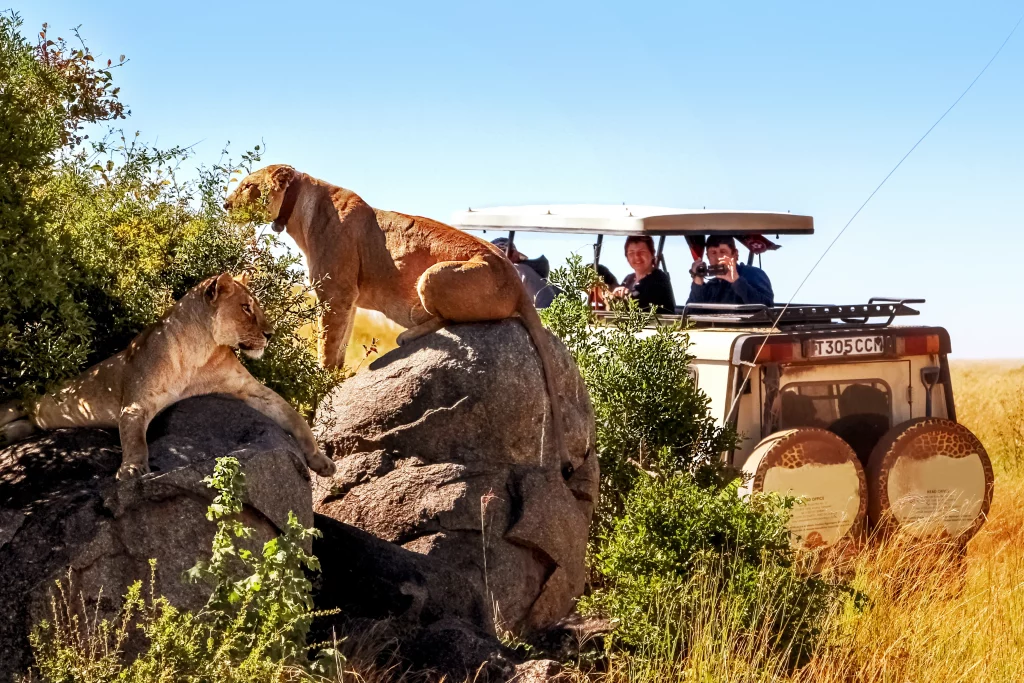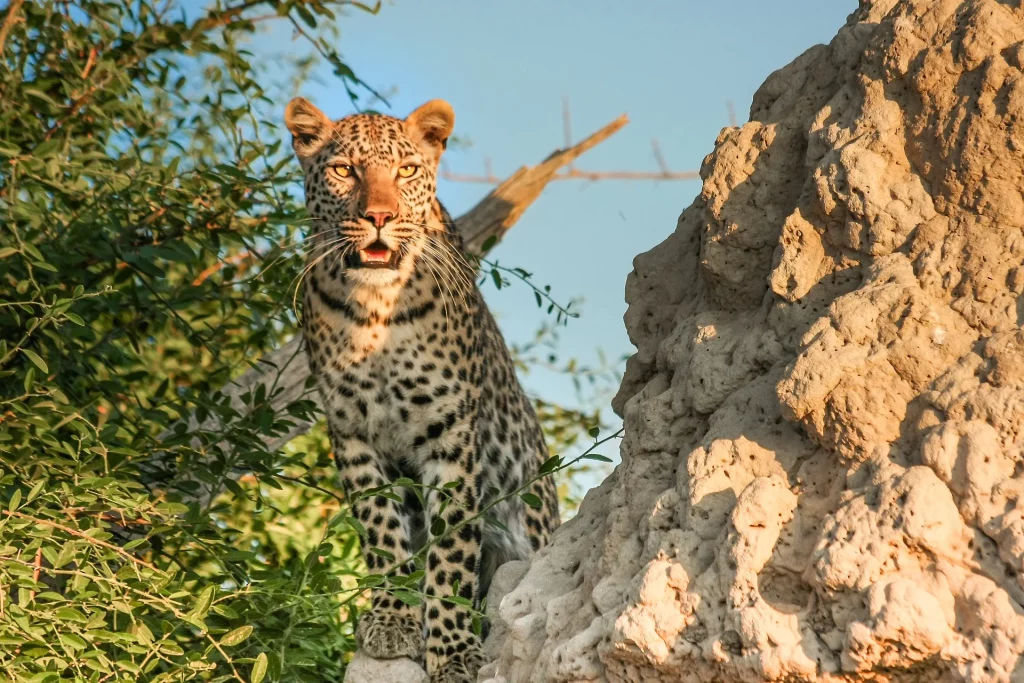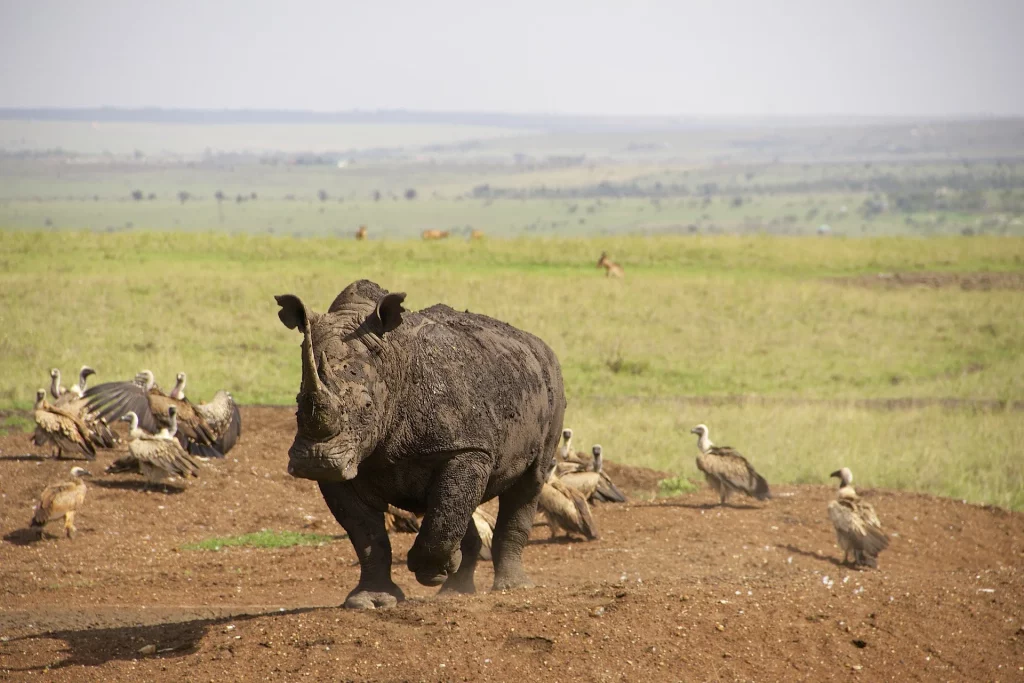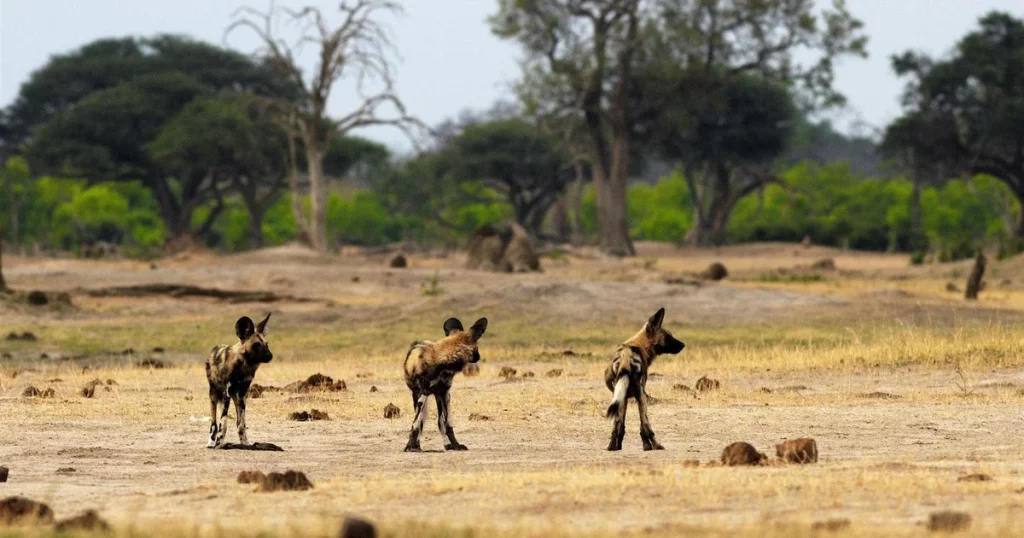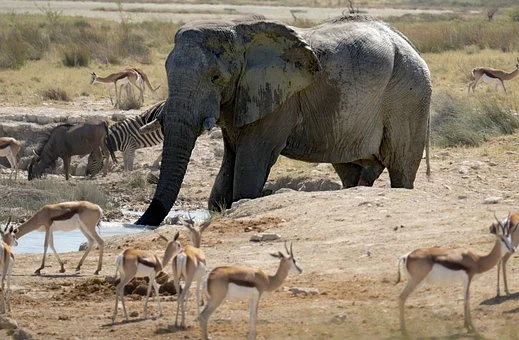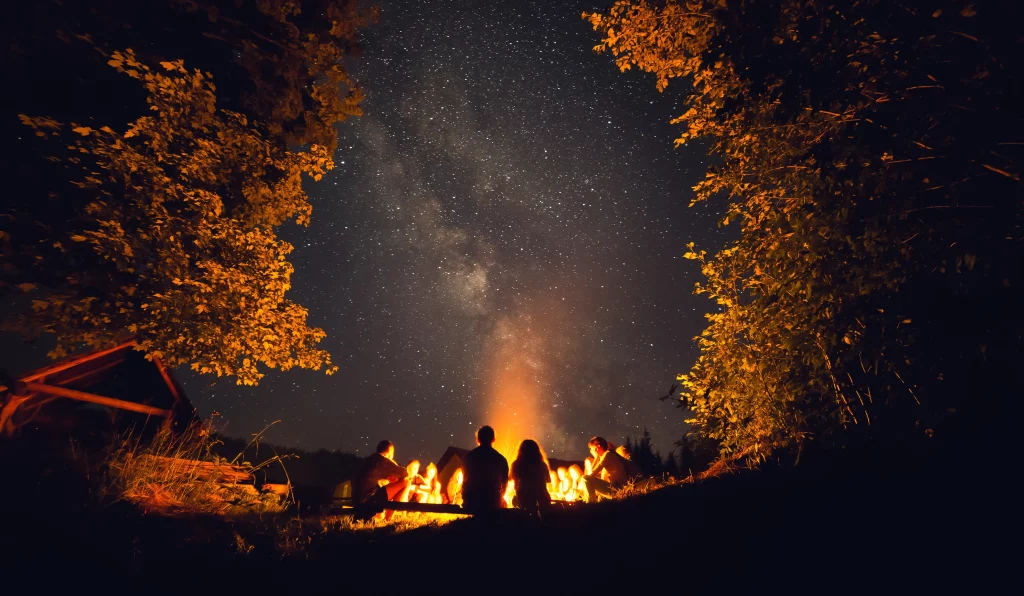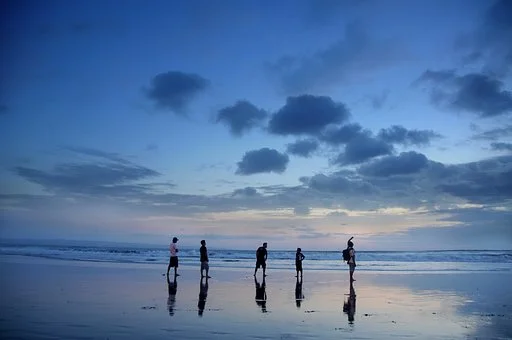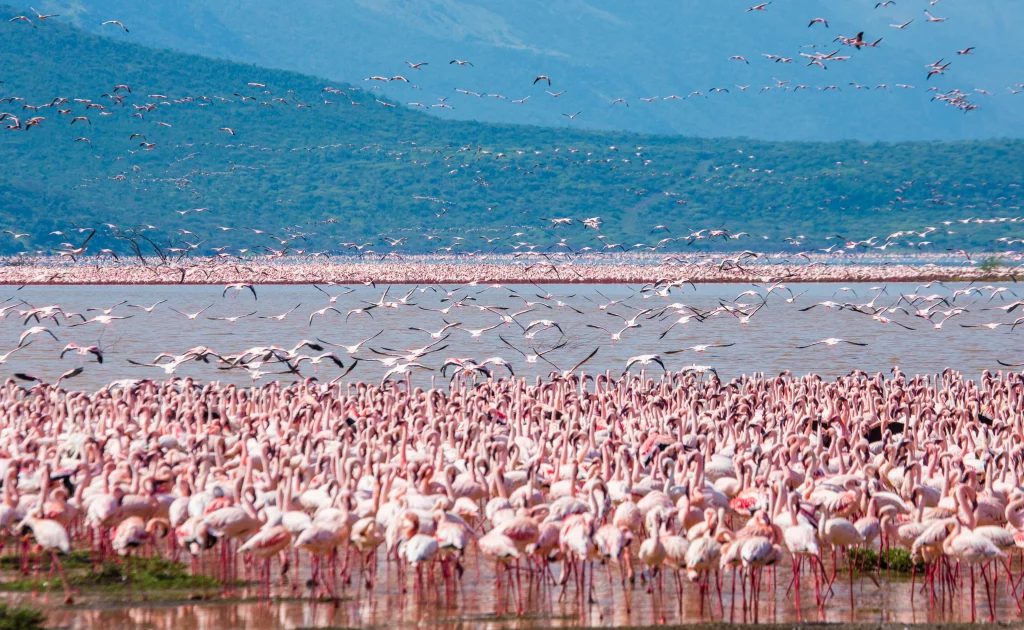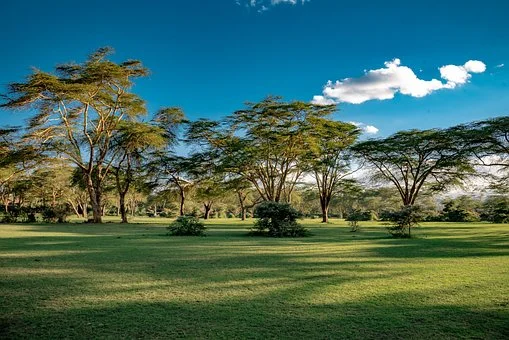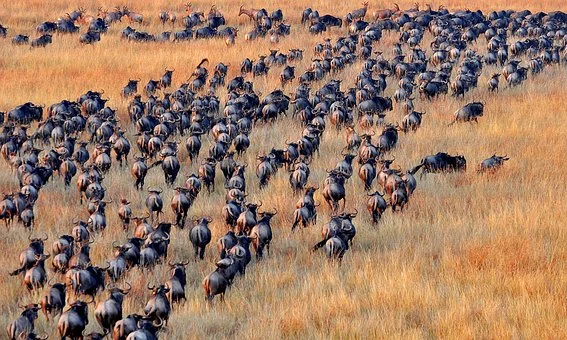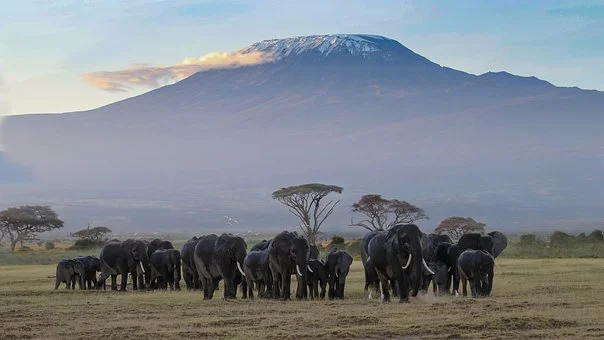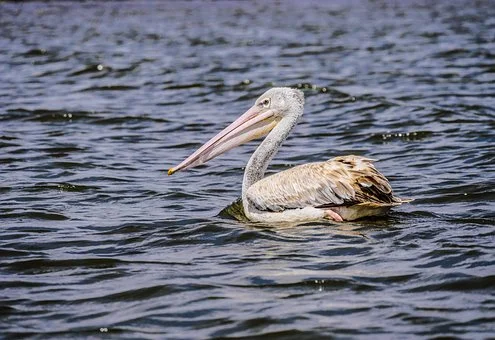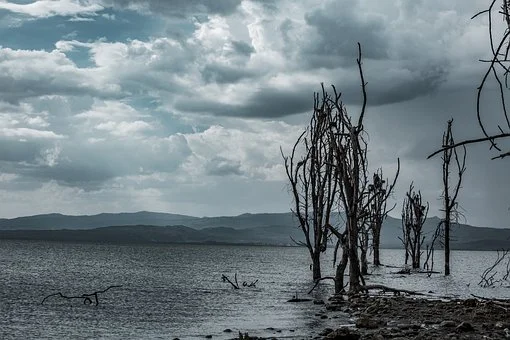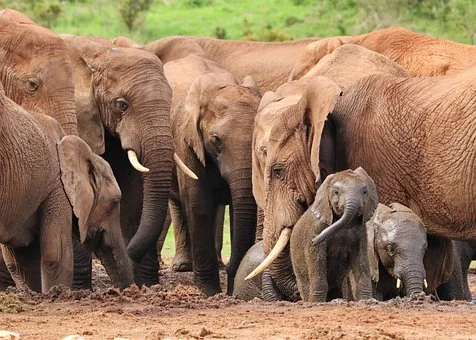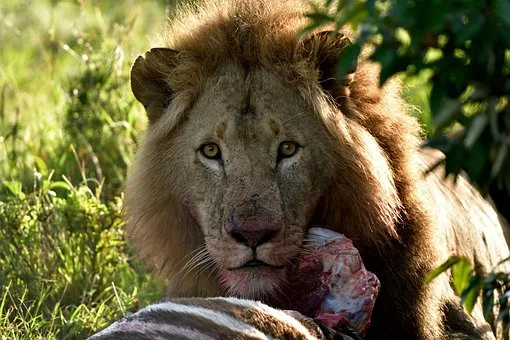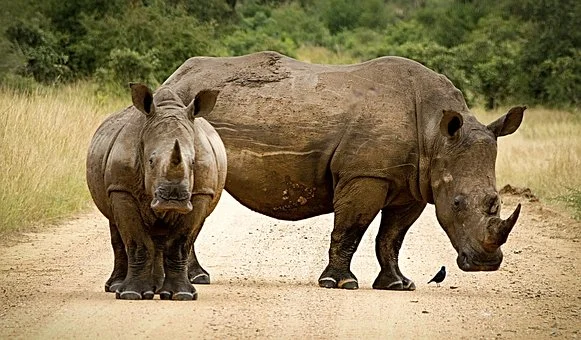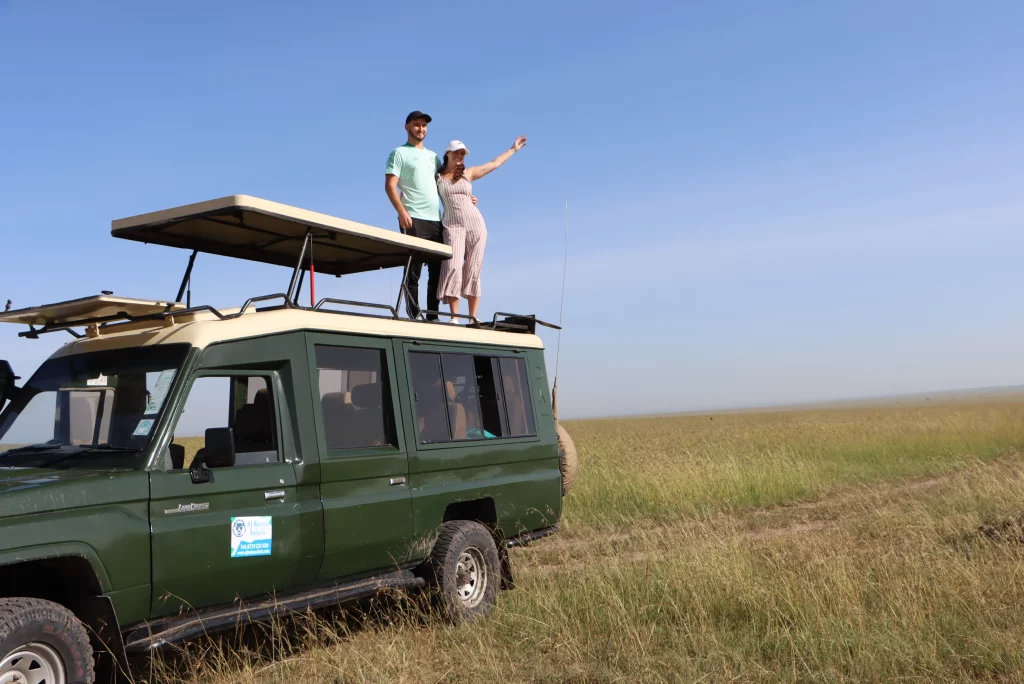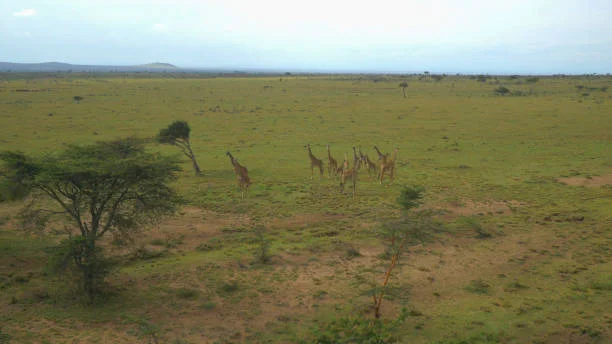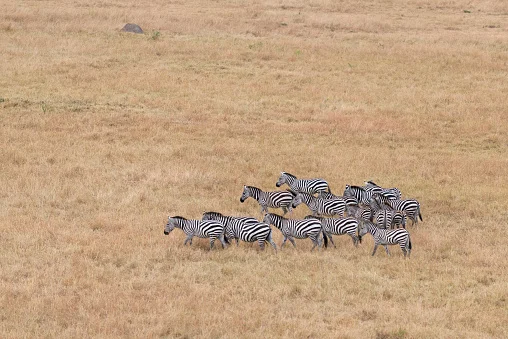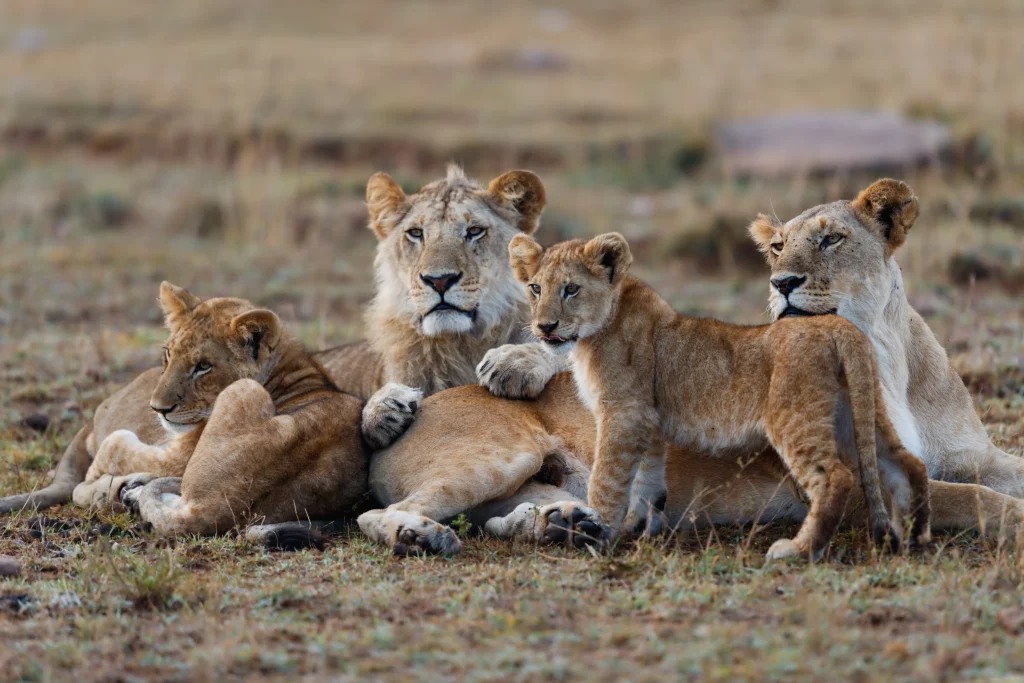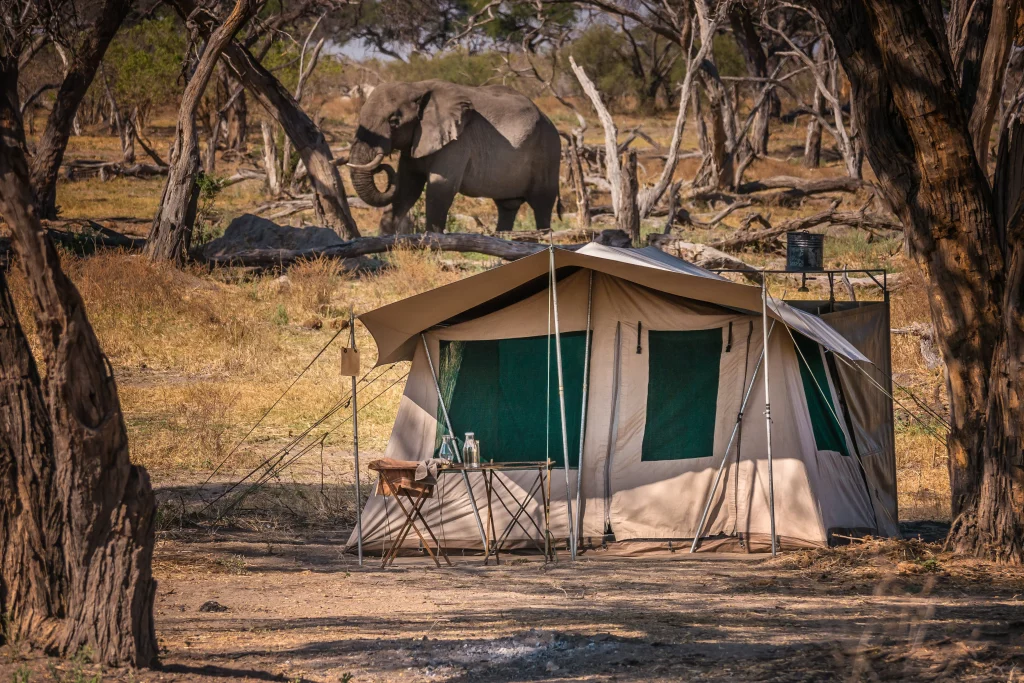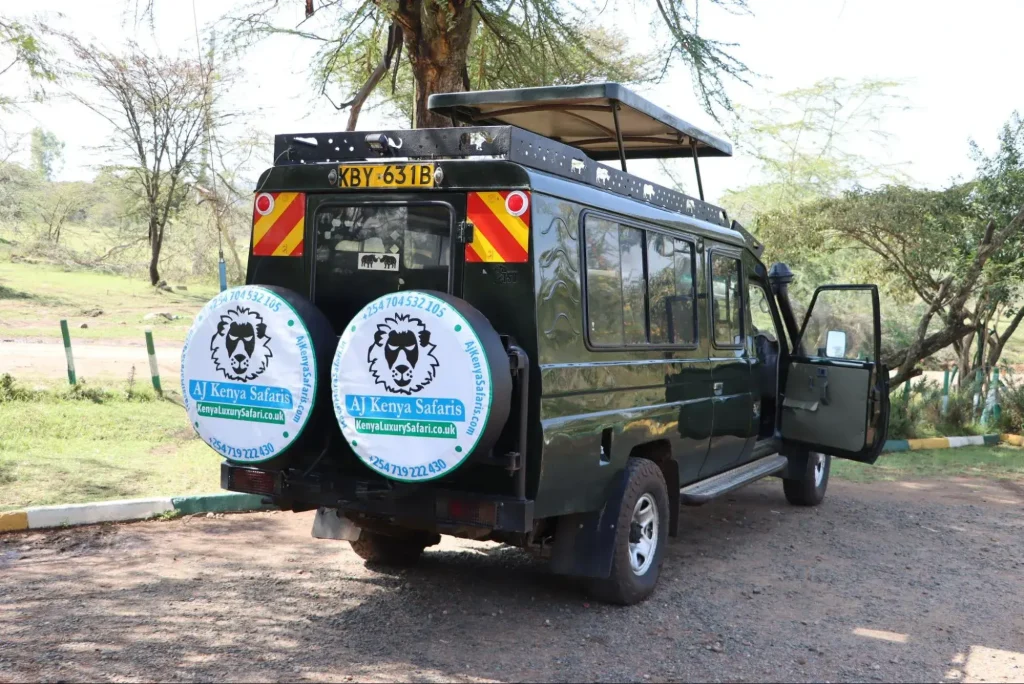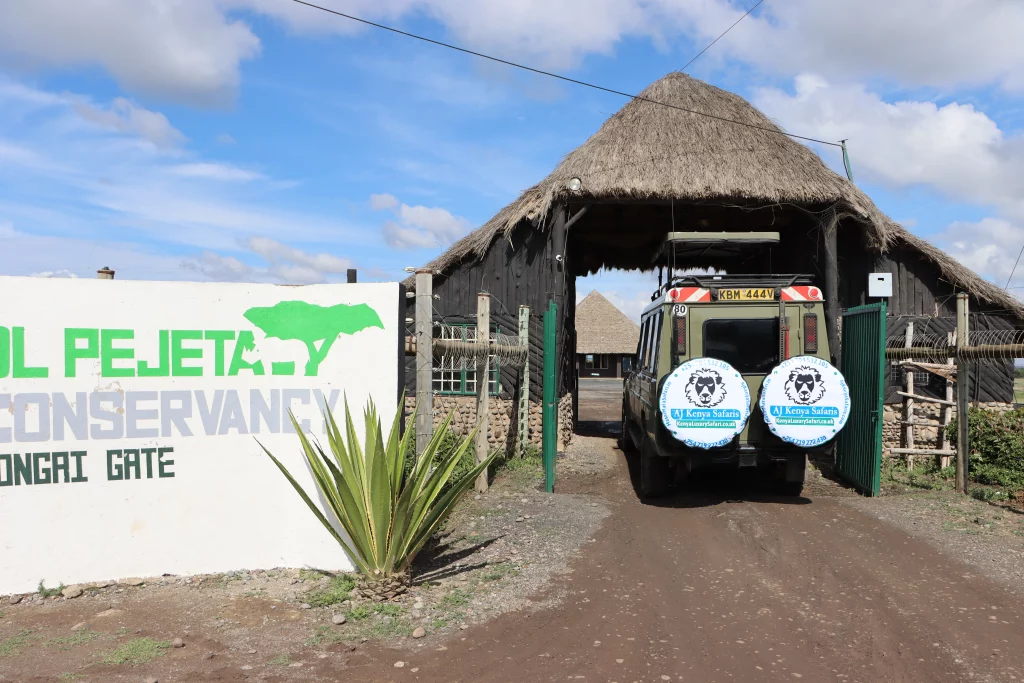2025 Wildebeest Migration Safari Packages - Cost, Travel Guide and More.

The 2025 Great Wildebeest Migration is one of the most spectacular natural events on Earth, a testament to the raw and untamed beauty of the African wilderness. Every year, millions of wildebeest, along with zebras and gazelles, embark on a journey across the Serengeti-Mara ecosystem in search of fresh grazing lands. This migration is crucial for the survival of these animals and plays a significant role in maintaining the balance of the ecosystem. The annual wildebeest migration is not just a journey; it is a cycle of life and death, a dance of survival that has been occurring for millennia.
Contact Us to Start Planning Your Great Migration Safari 2025
Call or WhatsApp us via +254-704-532-105, and we will happily tailor-make the best 2025 wildebeest migration safari package for you.
You can also email us via safarioffers@kenyaluxurysafari.co.uk or james@ajkenyasafris.com, and we will respond within 16 hours.
We are the local experts of Masai Mara migration safaris, and we promise to plan the best trip for you.
How To Plan a 2025 Masai Mara Migration Tour - Video by Our CEO, James Gatheru

Our Most Booked 2025 Wildebeest Migration Safari Packages
The Annual Cycle of the Great Migration of Wildebeest
The migration follows a circular route through the Serengeti National Park in Tanzania and the Masai Mara National Reserve in Kenya. It begins in the southern Serengeti during the calving season, where thousands of wildebeest calves are born on the Serengeti plains. This period, from January to March, sees the wildebeest herds spread across the short grass plains, taking advantage of the nutrient-rich grasses.
As the dry season approaches, the herds move northward, crossing the Grumeti and Mara rivers, facing challenges like Nile crocodiles and big cats. The wildebeest funnel through the western Serengeti, where the Grumeti River crossings test their resolve and survival instincts. By late October and early November, they return south to the central Serengeti, completing the cycle as the short rains begin to transform the landscape into greener pastures.
Key Locations and River Crossings
The Masai Mara animal migration starts in the southern Serengeti during the calving season, where the short grass plains provide ample food for the newborn calves. As the herds move to the western corridor, they face the Grumeti River crossings
The most dramatic part of the journey is the Mara River crossings in the northern Serengeti and Maasai Mara, where the wildebeest must brave swift currents and predators. These crossings are not just perilous but are also a spectacle of nature’s raw power and beauty, drawing visitors from around the world. The frantic herds, driven by instinct, create a breathtaking scene as they navigate the treacherous waters.
Timing and Best Viewing Opportunities
The migration is a year-round event, but the best time to witness it varies. From January to March, the southern Serengeti is ideal for seeing the calving season, where life begins anew for the wildebeest herds. The Grumeti River crossings occur in May and June, while the Mara River crossings peak between July and September.
During these months, the wildebeest migrate northward, creating a spectacle that is unparalleled in the animal kingdom. These months offer the best chances to see the dramatic river crossings and massive herds on the move. As the herds return southward in early November, the eastern Serengeti becomes a focal point for those seeking to witness the migration in a more serene setting.
2025 Great Migration Safari Packages - The Role of the Ecosystem
The Great Wildebeest Migration is vital for the Serengeti National Park and Masai Mara ecosystems. It supports a diverse range of wildlife, including big cats like lions and cheetahs that rely on the wildebeest as a food source. The migration also helps maintain the health of the grasslands by promoting new growth and nutrient cycling.
The annual migration of the million wildebeest ensures that the Serengeti plains remain a vibrant and dynamic environment, fostering biodiversity and ecological balance. The movement of the herds also influences the migration patterns of other species, creating a complex web of interdependence.
Planning Your 2025 Masai Mara Migration Safari
To experience the migration of wildebeest in Kenya firsthand, planning and booking your migration safari early is recommended. The best viewing spots fill up quickly. Consider great migration of wildebeest packages that include stays in private conservancies for a more intimate experience.
These conservancies offer unique opportunities to witness the migration without the crowds, allowing for a more personal connection with the natural world. Itineraries should be flexible to ensure you catch the herds at the right time and place. A Masai Mara safari, for instance, provides the chance to see the wildebeest crossing the Mara River, a highlight of the great migration.
Conservation and Challenges
Conservation efforts are crucial to protect the Great Wildebeest Migration. Challenges like habitat loss, climate change, and human-wildlife conflict threaten the migratory herds. Organizations work to preserve the migration routes and support local communities to ensure the survival of this natural wonder.
The preservation of the Serengeti migration is not just about protecting the wildebeest but also about safeguarding the entire ecosystem that depends on this annual movement. Efforts are being made to address issues such as poaching and land encroachment, which pose significant threats to the migration’s future.
Conclusion
The Great Wildebeest Migration is more than just a journey; it’s a testament to the resilience of nature. Witnessing the Masai Mara migration is a once-in-a-lifetime experience that offers a glimpse into the wonders of the natural world.
It is a reminder of the delicate balance that exists in the wild, a balance that must be preserved for future generations. The sight of the massive herds moving across the landscape, driven by instinct and survival, is a powerful reminder of the interconnectedness of all life on Earth.
Additional Resources
For those interested in learning more about the 2025 great migration in Africa dates, video tutorials and guides are available to provide further insights into the migration. Exploring additional reading and research will deepen your understanding of this incredible phenomenon. Whether through documentaries, books, or online resources, there are countless ways to explore the intricacies of the wildebeest migration and its impact on the Serengeti and Maasai Mara ecosystems.


